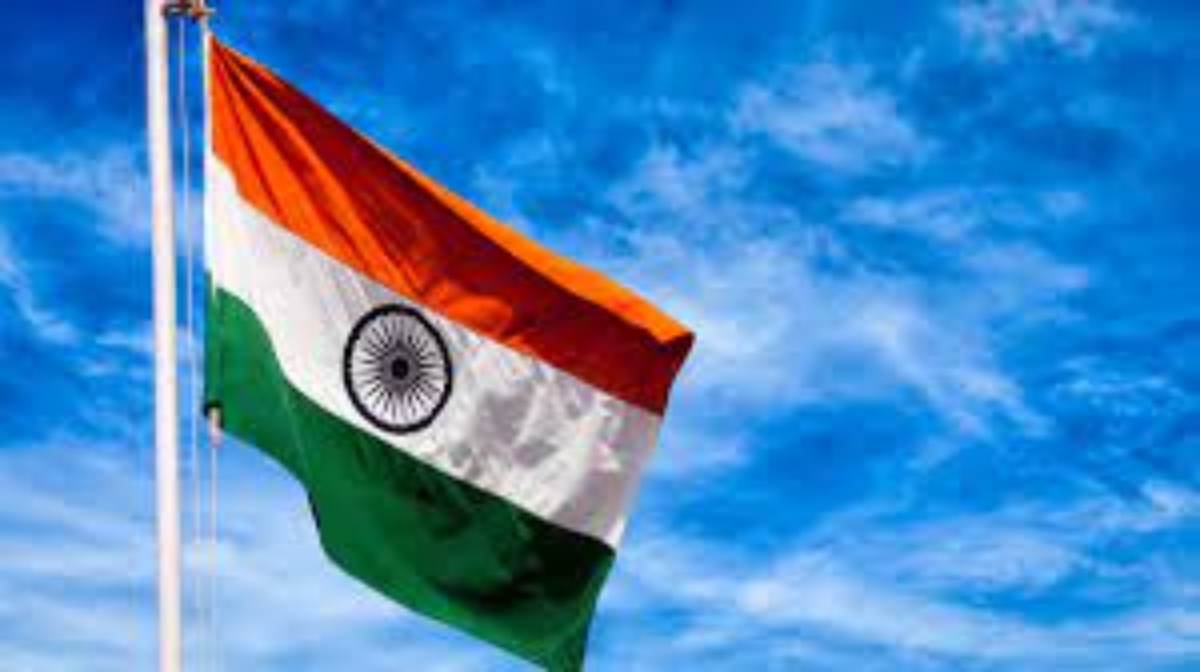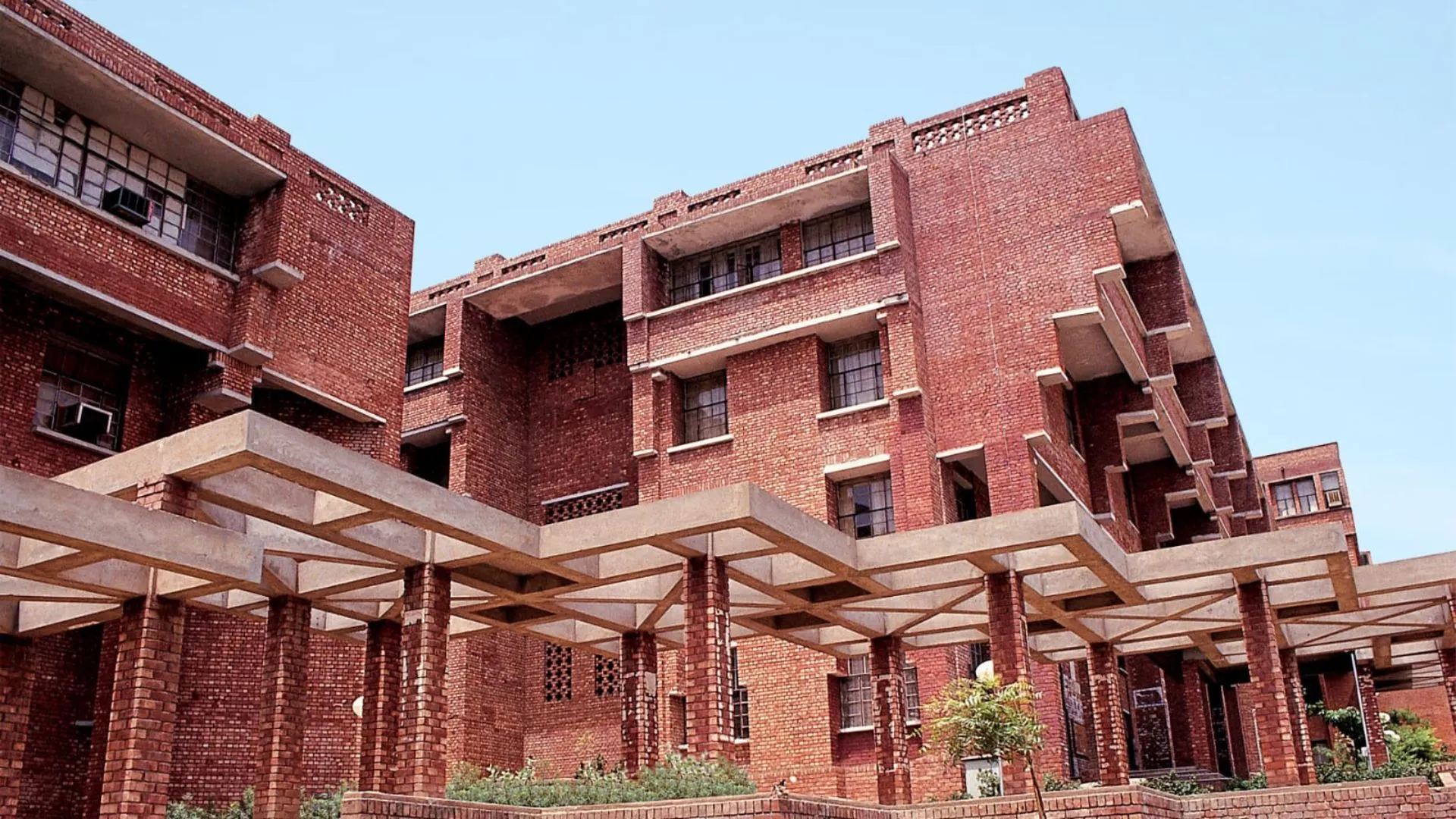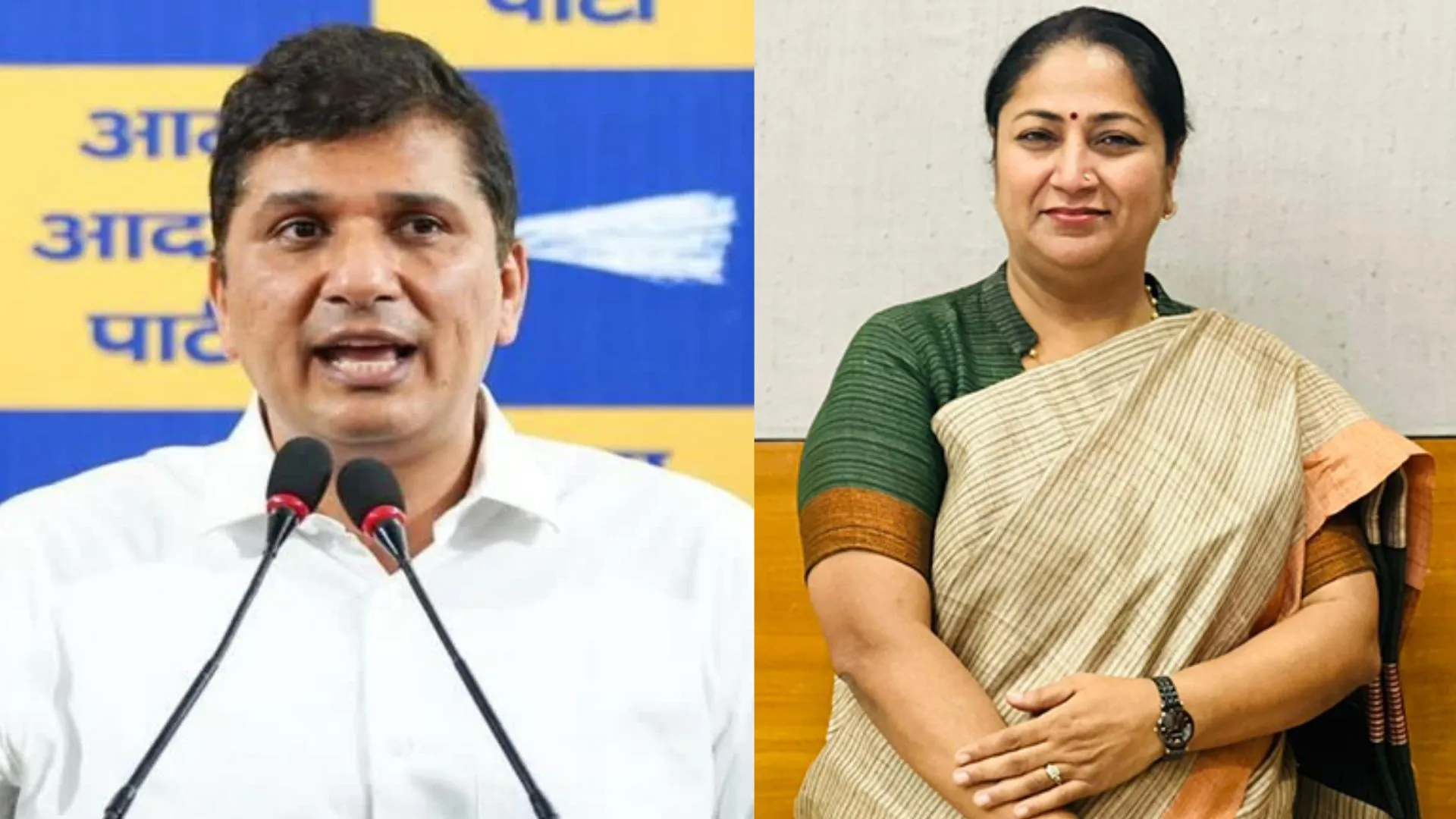As zeal and enthusiasm around Independence Day echo through the streets and nooks of the country, let’s have a look at some interesting facts about the Indian national flag. The first Indian national flag was hoisted on 7 August 1906 at Parsee Bagan Square in Kolkata. The flag had three major colours, namely red, yellow, and green. Pingali Venkayya designed the first variant that was similar to the current Indian tricolour in 1921.It had two major colours- red and green.
In 1931, a landmark resolution was passed, adopting a tricolour flag as our national flag. This flag, the forebear of the present one, was saffron, white, and green, with Mahatma Gandhi’s spinning wheel at the center.
With a few modifications that included the addition of saffron and white colour, Ashoka chakra from lion capital of emperor Ashoka, the Indian Tiranga, was officially adopted on 22 July 1947. It was first hoisted on 15 August 1947.
Tiranga, or Tricolor, has three colors, including saffron on top, signifying the country’s strength and courage. White in the centre embodies peace and truth. The green colour at the bottom shows fertility, growth, and auspiciousness of the land. The Ashoka chakra, also called the Dharma chakra, is placed at the centre and has 24 spokes, signifying that there’s life in movement and death in stagnation.
Earlier, Indian citizens were not allowed to hoist the national flag except on selected occasions. This changed after a decade-long legal battle by industrialist Naveen Jindal that culminated in the landmark Supreme Court judgement of 23 January 2004 that declared that the right to fly the National Flag freely with respect and dignity is a fundamental right of an Indian citizen within the meaning of Article 19(1) (a) of the Constitution of India.





















